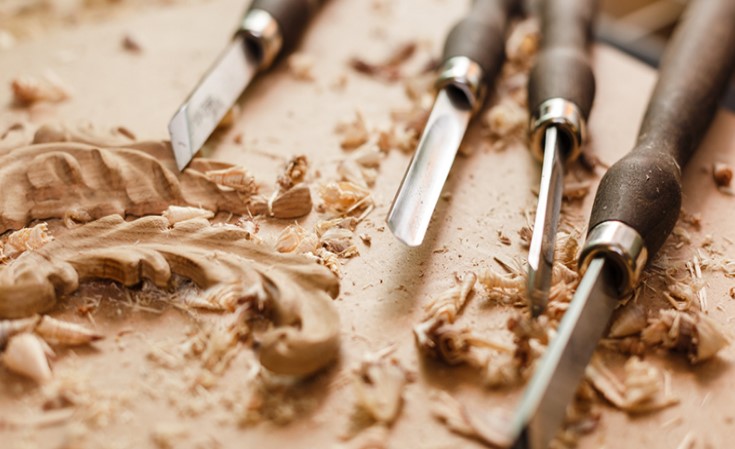Woodworking Tools and Techniques
Woodworking is an art and a skill that has been valued and honed for centuries. From crafting intricate pieces of furniture to building sturdy structures, woodworking requires a keen eye for detail, a steady hand, and the right tools and techniques. Whether you’re an experienced woodworker or just starting, understanding the various tools and techniques at your disposal is crucial to successful woodworking.
In this comprehensive guide, we’ll walk you through everything you need to know about woodworking tools and techniques. We’ll cover basic hand tools, power tools, and specialized tools, as well as the different types of lumber, joinery techniques, and finishes used in woodworking.
You’ll also learn about the safety measures you need to take while working with these tools, as well as maintenance tips to keep them in tip-top condition. Our guide is designed to be accessible to woodworkers of all levels. Beginners will appreciate the clear explanations and step-by-step instructions, while seasoned woodworkers will find useful tips and tricks to refine their skills.







